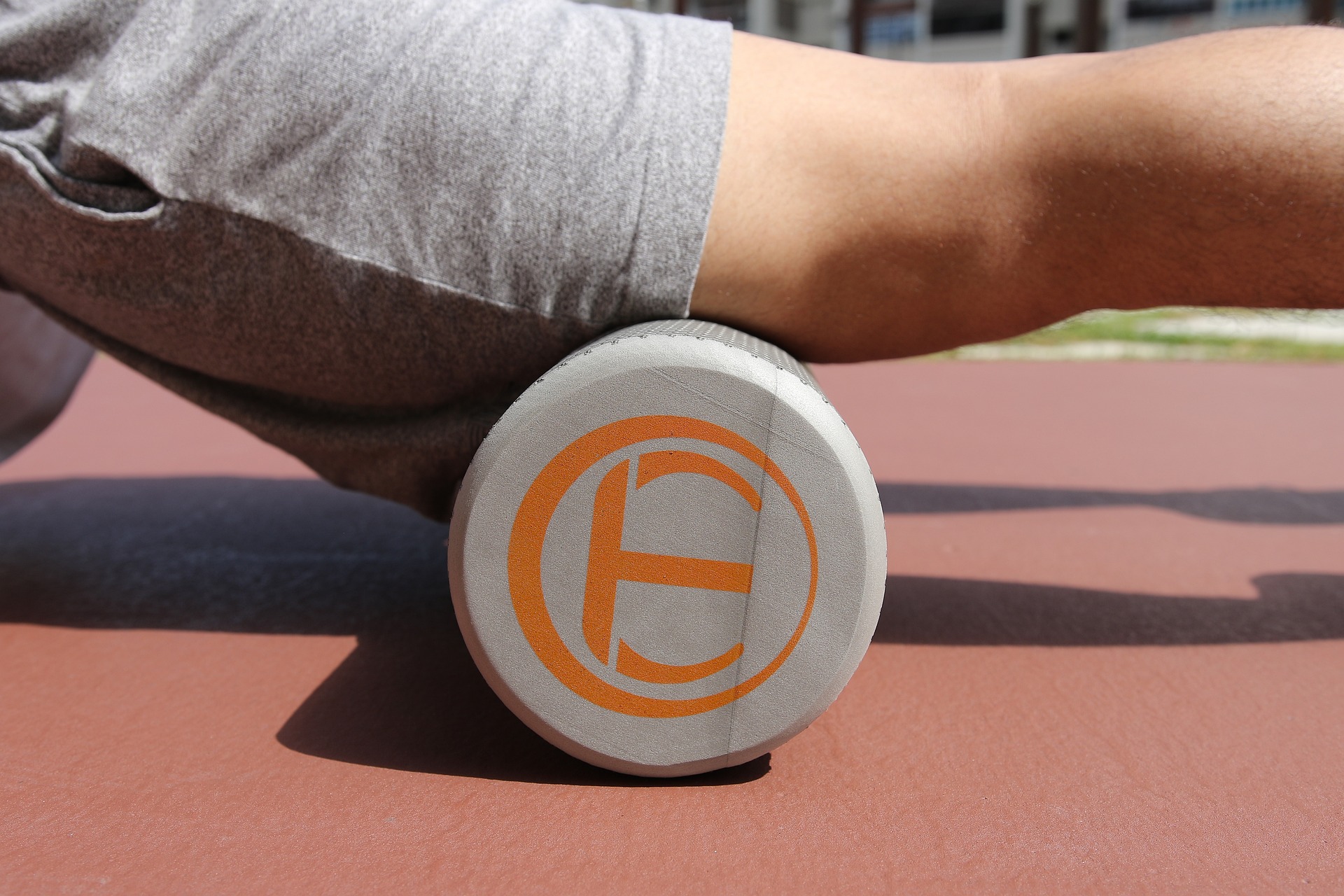Low-impact movement to boost circulation and skin health
Low-impact movement can improve circulation, support skin health, and aid recovery without heavy strain. This article outlines practical, gentle practices—mobility work, breathwork, stretching, and light massage—alongside hydration, nutrition, and sleep strategies to help skin resilience and tissue recovery. The guidance is intended for general wellness and rehabilitation contexts and focuses on safe, sustainable habits for everyday routines.
How does circulation affect skin and recovery?
Circulation delivers oxygen, nutrients, and immune cells to skin and underlying tissues, and supports waste removal. Poor circulation can slow repair, reduce skin radiance, and increase vulnerability to inflammation. Low-impact movement—such as walking, gentle cycling, or aquatic exercise—promotes steady blood flow without stressing joints. For people recovering from injury or managing chronic conditions, consistent, moderate activity stimulates microcirculation and lymphatic drainage, helping damaged tissues rebuild and reducing fluid retention that can dull skin tone.
What low-impact mobility practices help circulation?
Mobility work focuses on joint range and smooth movement patterns rather than intensity. Dynamic joint circles, controlled ankle pumps, pelvic tilts, and shoulder rolls performed slowly increase local blood flow and maintain connective tissue elasticity. Repeating these movements several times daily for short sets can prevent stiffness and support microvascular responsiveness. Mobility sequences are useful before and after longer periods of sitting and can be adapted for different fitness or rehab levels, maintaining circulation while minimizing risk of strain or flare-ups.
How can massage, stretching, and rehab aid resilience?
Manual techniques like self-massage, foam rolling, and gentle myofascial release can improve tissue pliability and promote lymphatic circulation. Static and active stretching enhance flexibility and lengthen muscles that may restrict blood flow. In rehabilitation contexts, therapist-guided soft tissue work combined with progressive mobility builds resilience by addressing scar tissue, tight fascia, and compensatory movement patterns. When integrated into a routine, these practices support recovery timelines and help maintain healthier skin by improving perfusion and reducing local inflammation.
What role do hydration, nutrition, and sleep play?
Hydration supports plasma volume and helps maintain capillary flow, while nutrition supplies the building blocks for skin repair—adequate protein, essential fatty acids, vitamin C, zinc, and antioxidants are particularly relevant. Sleep is a critical window for tissue regeneration and hormonal regulation; poor sleep negatively affects skin barrier function and recovery. Combining low-impact movement with consistent hydration, a nutrient-rich diet, and prioritized sleep strengthens overall resilience and gives the circulatory and immune systems the resources needed to support healthy skin.
How does breathwork support movement and recovery?
Deliberate breathwork influences autonomic balance, reducing sympathetic overactivity and encouraging parasympathetic recovery. Techniques such as diaphragmatic breathing, box breathing, or paced exhalations lower heart rate variability related stress and can improve peripheral circulation by reducing vasoconstriction. Paired with gentle movement, breath-focused sessions enhance oxygen delivery and help coordinate movement patterns, making mobility and rehab exercises more effective. Practicing breathwork daily can also alleviate muscle tension and improve sleep quality, indirectly benefiting skin health.
How to integrate skincare with movement routines?
Post-activity skincare can reinforce the benefits of improved circulation. Gentle cleansing after sweating prevents clogged pores, while lightweight moisturizers and topical antioxidants help support barrier function. Avoid heavy occlusive products immediately after sessions if heat or sweating could trap them against the skin. Sun protection is essential for outdoor low-impact activities. For those recovering from procedures or with sensitive skin, coordinate movement intensity and skincare with a clinician to avoid irritation. Small, consistent habits—hydration, protective skincare, and timed rest—complement movement-based improvements in circulation and skin resilience.
Conclusion
Low-impact movement offers a sustainable path to improved circulation, better skin health, and steadier recovery without imposing high mechanical stress. When combined with mobility work, gentle massage or rehab techniques, targeted breathwork, and sound lifestyle choices—hydration, balanced nutrition, and restorative sleep—the approach supports tissue repair and skin resilience. Tailor practices to individual needs, progress gradually, and consult healthcare or rehab professionals when managing injuries or complex skin conditions. Over time, consistent, gentle movement can become a dependable foundation for overall well-being and skin vitality.






